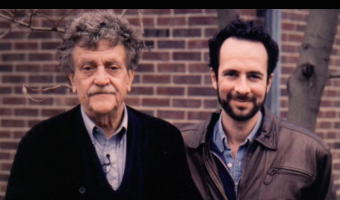Writing teams need editors. Depending on the context, the project might need a translator and some graphic designers, too. In fact editors, translators, and designers are all key collaborators. They offer advice about how specific requirements are best incorporated into the final product.

The Editors Association of Canada outlines the competencies required for four main types of editing.
Depending on the kind of editing to be done, there are roles for editors throughout the project. According to the Editors’ Association of Canada’s Professional Editorial Standards, editing stages begin when the material is more or less complete and end when it is ready for publication. A knowledgable editor has an understanding of the publication process and is proficient in at least one of the following:.
- Structural editing
- Stylistic ediitng
- Copy editing
- Proofreading
Translators will be involved in any context where language requirements are specified. Often the translation process itself reveals weaknesses in the content model and translators can often provide helpful advice on the presentation of content for the non-English speaking user.
Designers have a natural gift for understanding the interplay between image and text. They specialize in conveying and enhancing meaning through design. Let a designer help your with your collaborative writing project, especially if there are images and text to manage in the layout. Designers can also develop infographics to graphically represent complex information in a visual and compact form.

Editors help at any stage of document development. Visit editors.ca to find an editor for your document
Along with subject matter experts, editors, translators, and designers are key collaborators for writing teams. They enhance the quality of the product, and offer helpful advice for ensuring quality throughout the project development and production.
Photo by Susan Sermoneta





